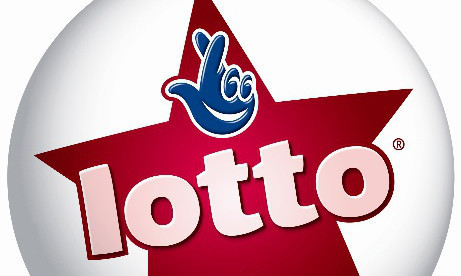Lotto players may want to update their lucky numbers as sweeping changes are taking effect this weekend.
The controversial changes will see the number of balls increase from 49 to 59 and the chance of winning the jackpot decrease from one in 14 million to one in 45 million.
The new-look draw has been met with scepticism from the public, but Camelot has said the “enhancements” will actually provide a better chance of winning and believes players will “stay with the game”.
Some of those who received an email from Camelot about the changes have relayed their cynicism, with John Walker ({M0botherer) saying: “National Lottery’s new exciting features include ‘Extra numbers to choose from.’ That’s a lovely way of saying, ‘Less chance of winning.”‘
Ann Connor ({M0AnnConnor4) went a step further, writing: “I think everybody should boycott the National Lottery if they go ahead as planned increasing the numbers from 49 to 59.”
Under the changes, a new Millionaire Raffle will guarantee at least one millionaire per draw, the average winning jackpot is expected to be triple the current level, and the chances of winning at least £1 million will be better than the chances of winning the jackpot on the current game, with odds at one in just under 10 million compared with one in just under 14 million on today’s game.
Players who match two numbers will win a Lucky Dip ticket for a future draw, which Camelot said would create an extra 1.8 million winners a week and increase the overall chance of winning any prize from one in 54 currently to one in 9.3.
The cost of playing will remain at £2 a line, and other prizes such as £25 for matching three numbers will also stay the same.
But statisticians have pointed out that the chance of matching all six balls will decrease from one in 14 million currently to one in 45 million.
Professor Ian Walker, a statistician from Lancaster University Management School, said: “There are 14 million ways of picking six out of 49. But there are 45 million ways of picking six out of 59. So it’s about three times harder to hit the jackpot.
“There will be fewer big jackpot winners, and so there will be more rollovers, which will generate more big jackpots.
“And more balls means that the chances of matching three of the six winnings balls goes from one in 57 to one in 97. So it’s harder to win and a lot harder to win big.”
In October 2013 the cost of a Lotto ticket doubled to £2 as part of a package that included some bigger prizes while others were reduced.
Camelot chief executive Andy Duncan said: “The changes we made to reinvigorate Lotto two years ago have been hugely successful, helping us achieve record total sales last year of £7.2 billion and delivering over £300 million more for National Lottery projects than if we had done nothing to change the game.
“To build on this success, we need to carry on innovating to keep our games fresh and appealing.
“By giving our players more chances than ever to become a millionaire and with bigger rolling jackpots to play for, we’re making Lotto even more exciting. This will help to keep the game healthy and thriving in the years ahead – ultimately delivering even more for players and safeguarding the vital millions that Lotto raises for National Lottery projects every week.”
